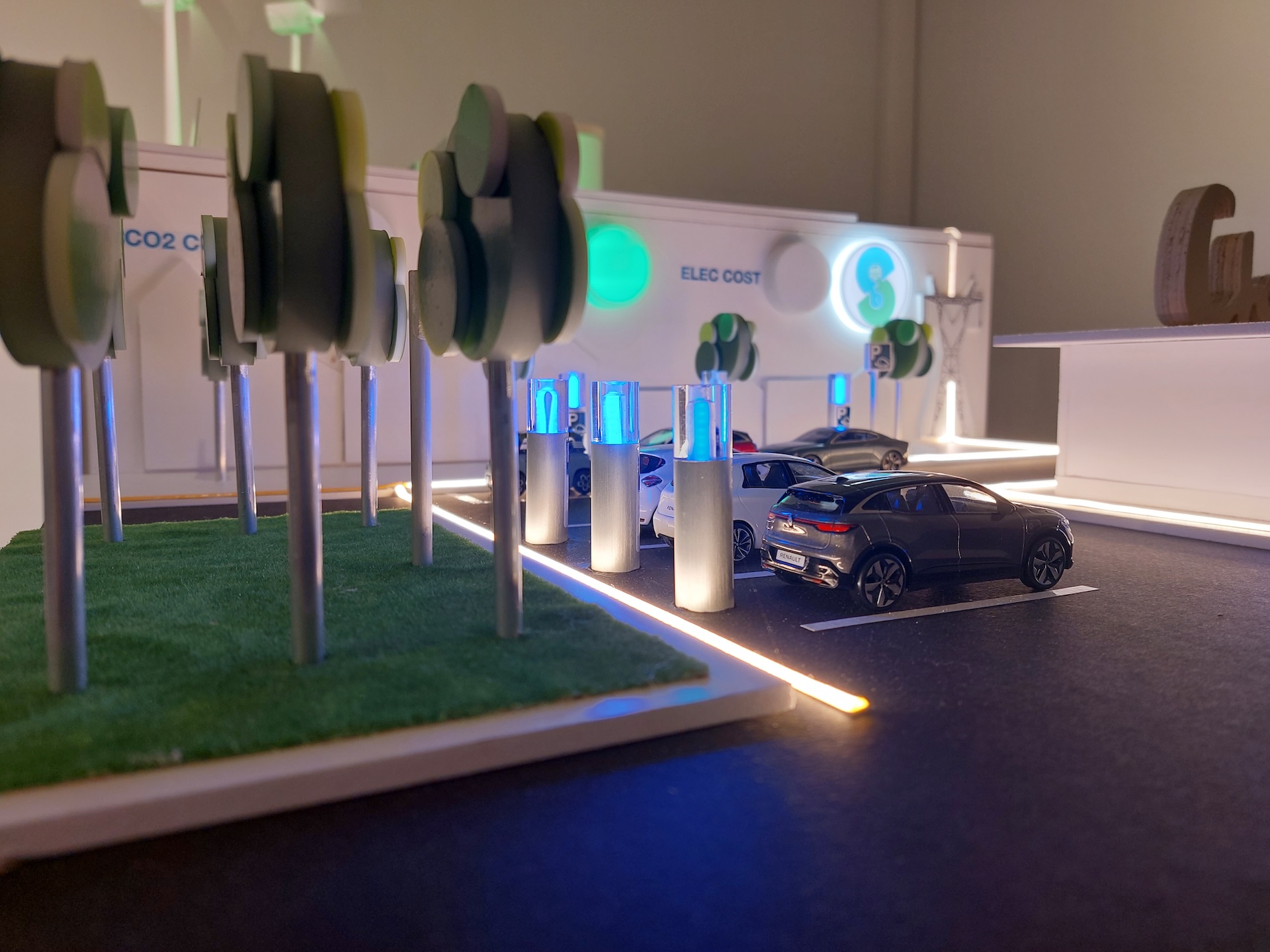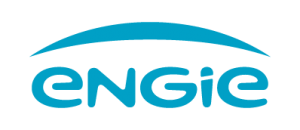The green transition is in full swing with a significant impact on the electricity sector. On the supply-side, as a society we are increasingly drawing on (often) intermittent, i.e. non-constant, renewable energy sources. As electricity providers, companies like ENGIE need to integrate these seamlessly into our offer and do so on the basis of existing electricity grids.
On the demand side, electrification is progressing fast. Most notably, over the last few years, e-mobility has developed considerably – and will continue to do so. As a result, electricity consumption patterns are changing fast.
Changes in both demand and supply meet ‘head-on’ at charging sites for electrical vehicles. Increasing numbers of electric vehicles in need of recharging at any given moment create greater electrical stress at charging sites. In other words, there is a growing risk of partial or total power cuts, or potential anomalies in the electricity network (voltage drops, transformer overload, frequency variations, etc.).
Electricity stress can be avoided by orchestrating electricity flows according to goals set by customers. ENGIE’s innovation, the ‘Smart Charging solution for advanced Energy Management System” (SMATCH), has been developed specifically to help future-proof our electricity infrastructure as e-mobility is, slowly but surely, becoming mainstream.
An agnostic solution
SMATCH is essentially a cloud software that interfaces with charging stations, combining user data and network operator information to manage supply and demand effectively, while minimising the impact on user comfort. It draws on predictions of local energy production, consumption and vehicle demands, whilst accounting for network limits, energy market rates and CO2 emissions tied to changing energy sources. As a result, SMATCH ensures smart energy management, minimises network congestion, and handles charge volume and price fluctuations. It also facilitates the integration of renewable energy sources, such as local solar electricity production.
SMATCH manages EV charging in two ways: First, it controls charging speed based on on-site constraints, priority rules and user needs. Secondly, it can simultaneously adapt charging based on market prices and services (such as unbalance reduction) and, on demand by operators, restrict charging.
Getting smart
SMATCH has been developed by ENGIE’s Innovation Unit located in Laborelec (Belgium) and has been made possible by a blend of in-house advanced algorithms and digital capabilities. Testing zones have been key, too, as they have enabled ENGIE’s innovators to swiftly test prototypes since 2014. These prototypes led to practical installations, expediting stakeholder feedback. From the beginning the roadmap was driven by business needs: Initially to manage the energy balancing on B2B sites up to more recently by serving Energy tariff optimisation and market services within territories (B2T). The first commercialisation started in 2016.
The project also received the public support of VLAIO (Flanders innovation & entrepreneurship) via financing, granted through the “General Block Exemption Regulation” (GBER- General Block Exemption Regulation) mechanism.
Over the past two years, many of our industrial customers have started to deploy up to several hundred charge points, transforming SMATCH from a “nice to have” project into an essential product. This allows us to collect user feedback at scale, which we used to confirm that the solution is working as it should. We have also implemented a number of new functionalities in response to user requests.
The bigger picture
Smart charging offers a number of advantages. Firstly, by helping to reduce stress on the grid, smart charging reduces necessary investment in the grid, since it lowers the demand for electricity. Secondly, it also facilitates the integration of renewable energy sources into the grid. Indeed, it is a flexible tool that can use electric vehicle batteries to store surplus renewable energy or inject electricity into the grid when renewable sources are not available.
Many solutions provide some of these features, but SMATCH offers them all. In recognition of its technology in 2022, SMATCH has been awarded the “Efficient Solution” label by the Solar Impulse Foundation.
Scaling up for a successful transition
Innovations like SMATCH enable the green transition within our cities as they are transitioning from the management of a few hundred charging points towards thousands of charging points. The SMATCH offer can be replicated in any bid for public EV charging networks. And yet, to unlock the full potential of SMATCH or other comparable software innovation, important keys are still missing.
The first missing key will be found in the digital space. Europe urgently needs to ensure better interoperability and digital infrastructures to allow for a seamless data chain from the edge (assets) to the cloud (advanced data treatments in algorithms). Initiatives such as the IPCEI Cloud are a must, and we need to also ensure that activable data models & ontologies are developed and used within industries.
The second key would be to encourage adoption. Smart charging is still struggling to achieve the necessary volumes to compete with conventional powerplants which as of now still offer greater flexibility to grid operators. Incentives can be aligned by promoting fair remuneration for flexibility services for EVs (including congestion management). And a mandatory use of smart charging in public concessions for EV charging infrastructure would boost volumes and be in line with the general interest.
Smart EV charging software is one of several digital innovations that enable Europe’s green transition. Technological innovations offer solutions, but this is just the beginning. Creating the right conditions for adoption and impact is a test of our strength of will. Do industry and policymakers accept this challenge?


